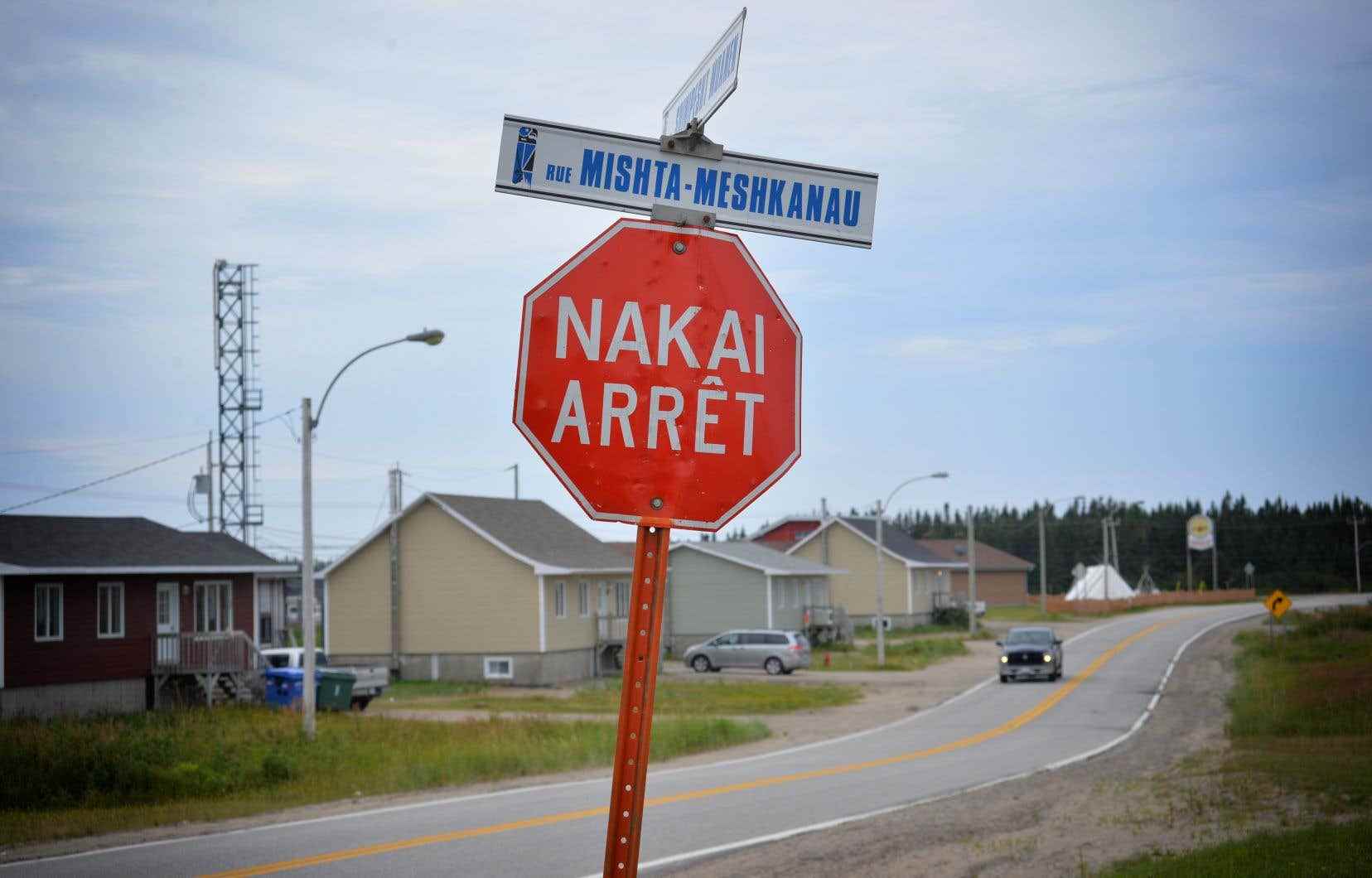This text is part of the special book Plaisirs
The Côte-Nord is not only synonymous with immensity, nature and abundance. It is also the stronghold of the Innu, whose multi-millennial history and culture are accessible today through a host of activities. Welcome to the land of the Innu, human beings.
When you travel through the North Shore, you quickly become aware of the important place occupied by the Innu First Nations and, to a lesser extent, the Naskapi. Along Route 138, between Totouskak (Tadoussac) and Tshakashekau (Kegaska), it is impossible to miss the communities of Essipit, Pessamit, Uashat mak Mani-Utenam (in two distinct territories, Uashat and Maliotenam), Ekuanitshit and Nutashkuan, some of which have several thousand inhabitants. Further north, there are also the communities of Unamen Shipu and Pakua Shipu, until recently still nomadic, as well as that of Matimekush.
How do we meet these native peoples? You can do it simply while driving, listening to community radio CKAU, where entertainment and musical selections are mostly in the traditional Innu-aimun language, or by filling up at Axco service stations. What a change of scenery before participating in one of the activities offered by the communities, which also invite us to stay with them.
Museums and cultural centers
For those who want to learn about the history, customs and spirituality of the Innu of the North Shore, two stops are recommended: the Shaputuan museum, in Uashat, and the Maison de la culture innue, in Ekuanitshit. The first, next door to supermarkets, does not look like much at first glance, but as soon as you take part in a guided tour given by Lauréat Moreau, an outstanding senior animator and storyteller, the experience becomes fascinating. For two to three hours, we discover all the elements that constitute the identity of the Innu: the territory, seasonality, nomadism, traditional hunting, in-depth knowledge of and respect for fauna and flora, oral transmission, etc A magnificent dive into a rich history of stories, anecdotes, legends, beliefs. All with a good touch of humor that makes this visit even more enjoyable.
Located in the heart of Minganie on an ancestral Innu summer camp site, the Innu Culture House aims to be a living gathering place where traditions, language, know-how and knowledge are passed on to future generations. An exhibition section presents a variety of themes ranging from daily life to medicinal plants, while a rest area is conducive to listening to legends and testimonies from members of the community. This cultural center also gives visitors the opportunity to discover craftsmen at work, listen to Innu music, and contemplate the cooking of bannocks under the effect of the embers of a large central fire. Change of scenery guaranteed.
trading posts
The North Shore has long been the kingdom of the fur trade. For centuries, the Innu left for their territories during the winter and brought back wolf, caribou, bear, beaver or lynx skins in the spring, which they sold or exchanged for various foodstuffs, fabrics, blankets and tools to European settlers in trading posts. This long trading tradition is still visible in Tadoussac, at the Chauvin trading post, a replica of the first fur trading post in Canada, established in 1600. But a visit to the Vieux-Poste de Sept-Îles, an interpretation center ( guides in period costumes included) built on the remains of a real 18th century fur trading poste century, provides an even more complete overview of the question thanks to an immersive journey made up of several reconstituted period structures, some of which are teeming with information.
All-round activities
In addition to their cultural centres, the Innu communities of the North Shore offer vacationers a variety of outdoor activities or activities related to their intangible heritage. Guided sea kayak excursions and coastal camping on wooden platforms with Mer et monde ecotours, in Les Bergeronnes; whale watching cruises in a zodiac and free-roaming black bear watching with Vacances Essipit; accommodation in a traditional tent, fishing and nature interpretation with Famille Bellefleur, in Minganie; mountain hikes and tales of legends under a large shaputuan in a UNESCO biosphere reserve in Pessamit (Uapishka Station); outfitters; small inns or glamping ; pow-wows and festivals… It is quite possible to integrate an Aboriginal facet into your trip, or even to focus your stay on the North Shore on discovering the First Nations. Meaningful adventures in perspective!
